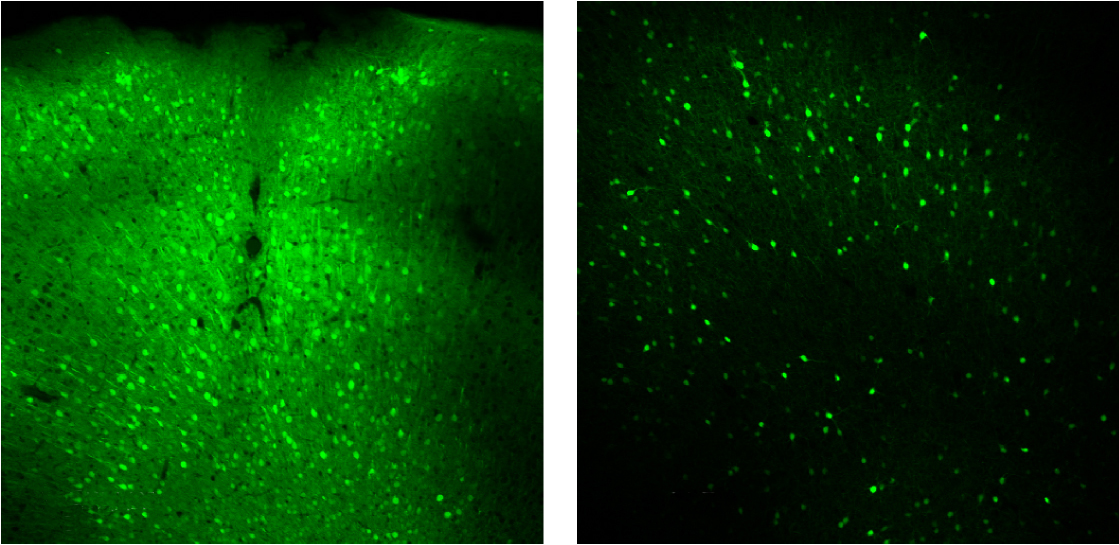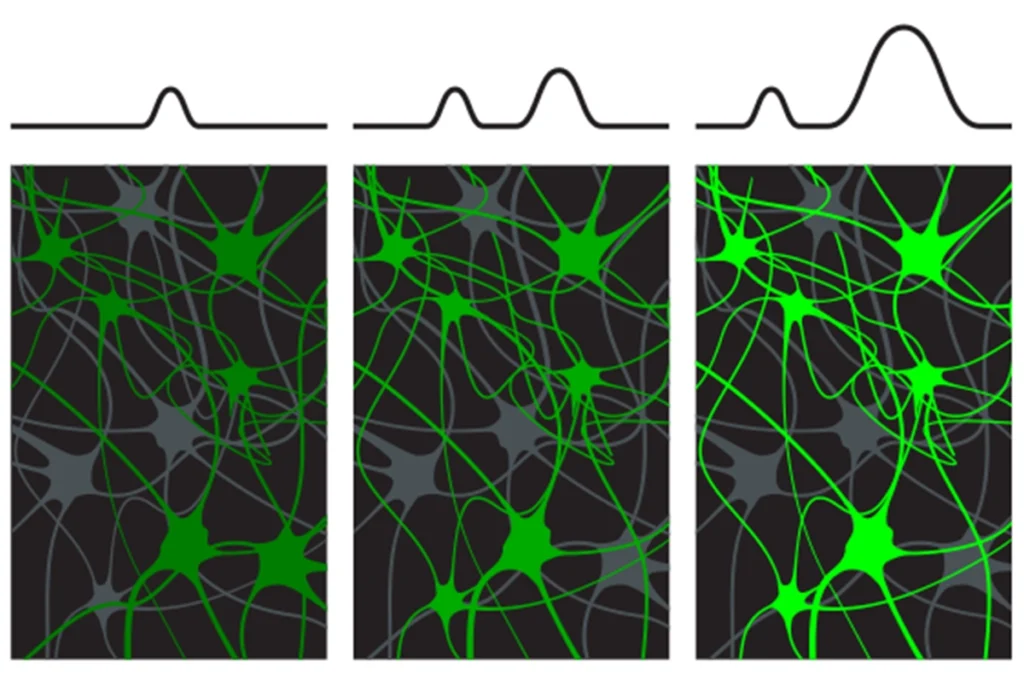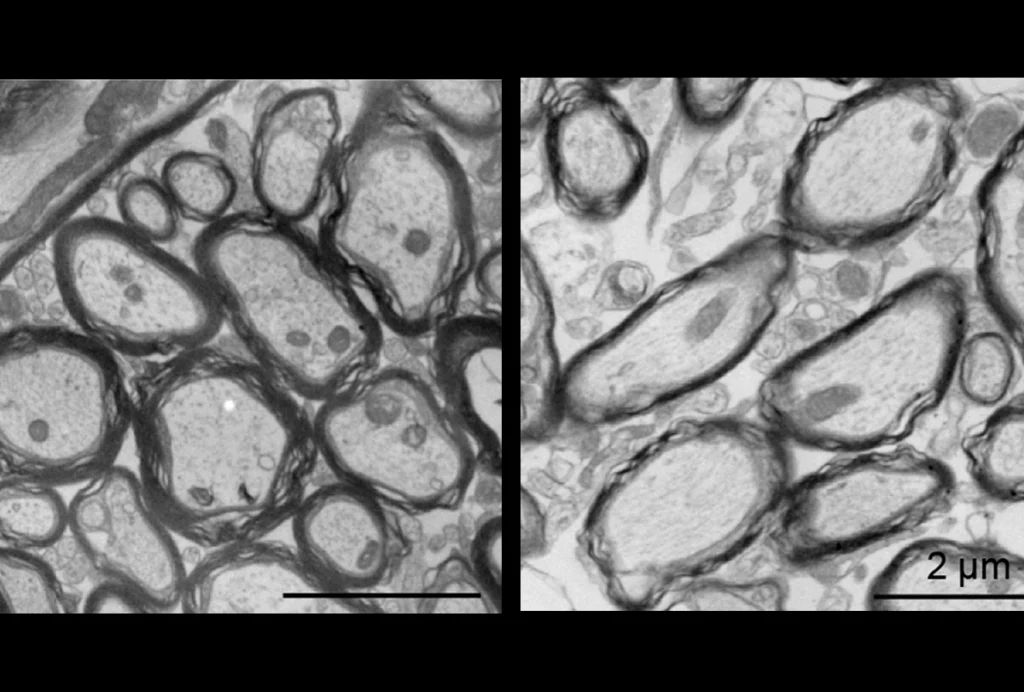
New tool triggers gene expression in select neurons in rodents
Injecting a virus toting snippets of RNA into the rodent brain enables researchers to express genes in specific neuron types.
Injecting a virus toting snippets of RNA into the rodent brain enables researchers to express genes in specific neuron types1.
The tool could help reveal the role that connecting neurons called interneurons might play in autism. Interneurons suppress, or inhibit, the activity of other neurons. The balance between inhibition and excitation in the brain may be altered in autism.
Scientists can express genes in specific neuron types using viruses that deliver regulatory genes to the cells. But the approach is limited to a few neuron types, because the regulatory DNA needed to target some types of cells is too big to fit inside a virus. Interneurons are one type that scientists have been unable to manipulate.
In the new technique, researchers used snippets of RNA called microRNAs, which regulate gene expression, to target interneurons in the brains of mice and rats.
To test their approach, the researchers packaged two microRNAs with a gene for a green fluorescent protein into a virus. They injected the virus into rodents’ brains. All cell types received the gene for the protein. But the microRNA turned off the gene’s expression in every cell type except interneurons, which glowed green under the microscope. The researchers added the gene for the fluorescent protein to 98 percent of interneurons in the outer layer of mouse brains and to 80 percent of the same cells in rats.
The technique also works in mice carrying a mutation in the autism gene UBE3A. This mouse model is notoriously difficult to genetically alter with viruses, but the researchers managed to insert the gene for the fluorescent protein into 96 percent of interneurons in UBE3A mice.
The research team also used the microRNAs to express genes for light-sensitive proteins in a broader class of inhibitory neurons, making the cells active in response to red light. Another set of microRNAs caused excitatory neurons to make proteins that respond to blue light. The researchers switched each neuron type on and off by shining either red or blue light into the mouse brain.
Scientists could put different microRNAs into viruses to target other types of neurons, the researchers say. The work appeared 10 July in Cell Reports.
- Keaveney M.K. et al. Cell Rep. 24, 294-303 (2018) PubMed
Explore more from The Transmitter

Cocaine, morphine commandeer neurons normally activated by food, water in mice

X chromosome inactivation; motor difficulties in 16p11.2 duplication and deletion; oligodendroglia
